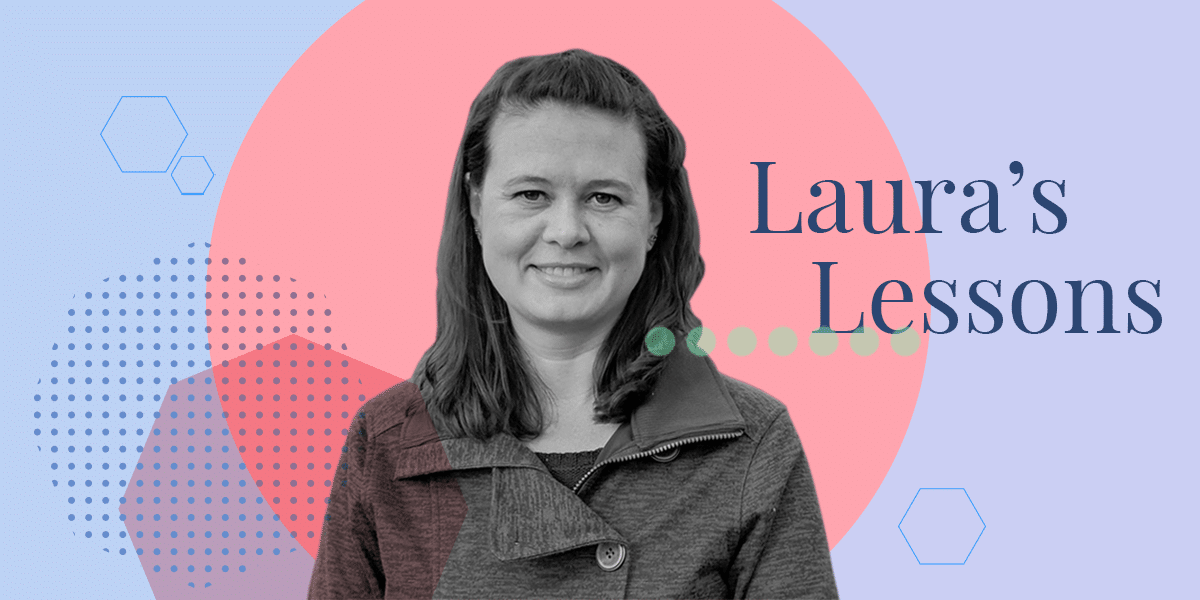When Not to Use a Colon

Last month I explained the joys of a semicolon, so what better next topic than the colon (grammatical, not anatomical)? A colon introduces a thing or a series of things that describe whatever comes before the colon. In most style guides, colons come at the end of a complete sentence; we commonly see colons after phrases like “as follows,” or “the following.” But, we don’t need a colon after phrases like “such as,” “for example,” or “including.”
This construction is great:
The ice cream flavors that help me study for the psychiatry shelf exam are the following: dark chocolate, vanilla bean, coffee, peanut butter, strawberry, and rocky road.
It’s not the most elegant wording, but see how the colon comes at the end of a full sentence (one that can stand on its own)? AMA Manual of Style phrases it well: do not use a colon if the sentence is continuous without it.
What does this mean? Check out this example:
I have many go-to study foods, including: pasta, broccoli, roast chicken, and chocolate.
Look at the phrases before and after the colon. First, “I have many go-to study foods, including” and then “pasta, broccoli, roast chicken, and chocolate.” Neither of these is a complete sentence—they can’t stand on their own, and they would be one continuous sentence without the colon.
I have many go-to study foods, including pasta, broccoli, roast chicken, and chocolate.
We could also get rid of the “including” altogether and throw that good ol’ colon back in!
I have many go-to study foods: pasta, broccoli, roast chicken, and chocolate.
Now “I have many go-to study foods” is a complete sentence.
How about this one?
My OB/GYN board review will cover topics such as: antenatal care, surgical procedures, and medical problems.
Same issue as before. This is the preferred format:
My OB/GYN board review will cover topics such as antenatal care, surgical procedures, and medical problems.
It may feel strange because we generally learn that colons come before any type of list, but this isn’t necessary. Just remember to save your colons until the end of a complete sentence.
Need more grammar in your life? Check out Laura’s past lessons:
Lesson 3: How (And Why) to Use Semicolons
Lesson 2: That and Which: Which Should I Use?
Lesson 1: Using Lay vs Lie in a Sentence: A Definitive Guide





Comments (0)